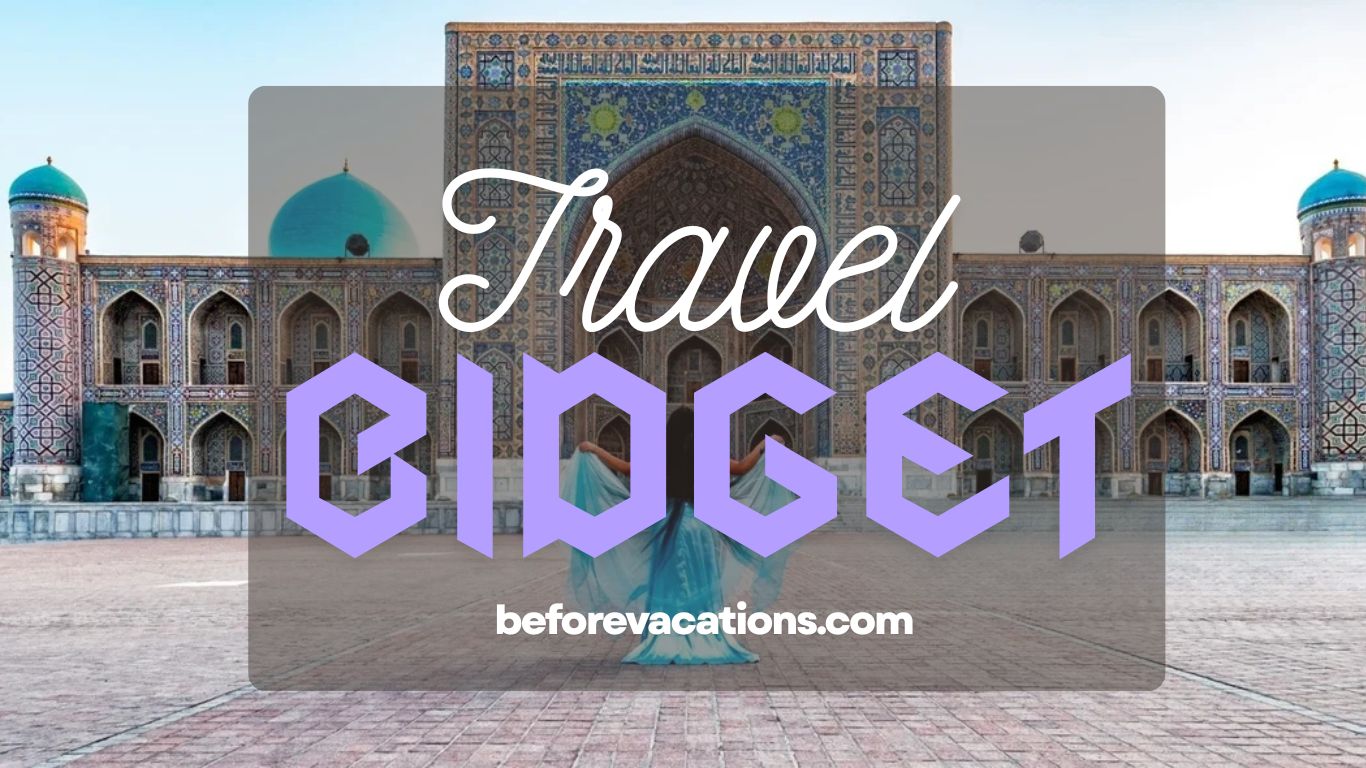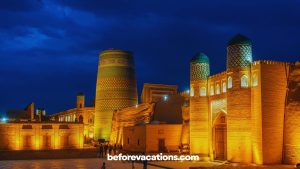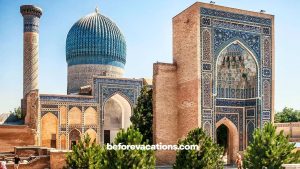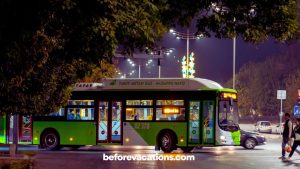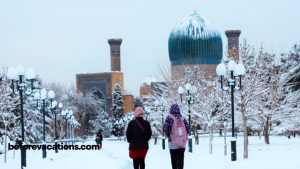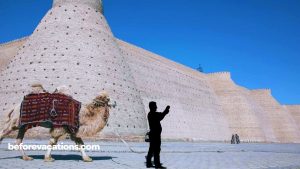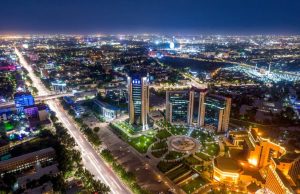Affordability on the Silk Road: How to Budget for Your Uzbekistan Adventure
Uzbekistan stands out as one of the most budget-friendly destinations for Western travelers, offering world-class historical experiences at remarkably low costs. From opulent UNESCO sites to delicious national cuisine, your money stretches significantly further here than it does in Europe or even many parts of Southeast Asia.
However, successful financial planning requires understanding the local currency, mastering cash versus card usage, and knowing where to secure the best value. This essential guide details the currency system, breaks down the typical Uzbekistan travel budget and costs across different travel styles, and provides expert tips for managing your money seamlessly on the ancient Silk Road.
1. The Currency Core: Uzbekistani Som (UZS) and Exchange Tips
The official currency of the Republic of Uzbekistan is the Uzbekistani Som (UZS). This is a crucial detail for every traveler to understand, as the Som’s value is quite low, necessitating the use of large denominations. Recent reforms have introduced new, larger banknotes, making it much easier to carry the necessary cash without needing a separate bag.
Travelers must carry US Dollars (USD) or Euros (EUR) for exchange. These two currencies offer the best rates and are universally accepted at official exchange points. Always use a bank, a major hotel, or a currency exchange office, particularly those found at the international airports in Tashkent and Samarkand.
Unlike in the past, the official exchange rate is now highly competitive, making the former black market obsolete. Never attempt to exchange money with unofficial individuals on the street.
2. Daily Budget Breakdown: What to Expect for Every Travel Style
Uzbekistan caters exceptionally well to budget and mid-range travelers. Your daily cost primarily depends on your accommodation choice and dining habits. The following figures offer a realistic snapshot of a daily per-person budget (excluding intercontinental flights and major tours):
| Travel Style | Accommodation (Private Room) | Daily Food Cost | Local Transport (Per Day) | Total Daily Budget (Average) |
| Budget Traveler | $15–$25 (Hostel/Guesthouse) | $8–$12 (Local Cafes/Bazaars) | $3–$5 (Metro/Shared Taxi) | $30–$50 |
| Mid-Range Traveler | $40–$70 (Boutique Hotel/B&B) | $15–$25 (Mid-Range Restaurants) | $7–$15 (Yandex Taxi/Train) | $70–$110 |
| Comfort Traveler | $80–$150 (4-Star Hotel/Luxury B&B) | $30–$50 (Fine Dining/Wine) | $20+ (Private Drivers) | $130+ |
3. Essential Costs: Lodging, Transport, and Site Entry Fees
Understanding the specific costs of key travel elements helps in accurate budgeting:
- Accommodation: Family-run guesthouses offer exceptional value, often including a hearty breakfast of bread, eggs, and tea in the low price. Expect the highest accommodation costs in Tashkent, while Khiva and Bukhara provide charming, traditional stays at lower rates.
- Intercity Transportation: High-speed Afrosiyob train tickets are one of the best bargains, typically costing between $10 and $20 for a major route like Tashkent to Samarkand, depending on the class. Standard trains are even cheaper. Short taxi rides within cities are incredibly inexpensive, usually costing under $2–$3 using apps like Yandex Go.
- Site Entry Fees: Historical site entrance costs are remarkably low. A ticket to a major complex like the Registan in Samarkand or the walls of Itchan Kala in Khiva generally costs between $5 and $12. Purchasing a universal ticket in Khiva is often the most cost-effective way to access the city’s monuments.
4. Cash vs. Card: How to Handle Payments Locally
Despite modernizing rapidly, Uzbekistan remains a heavily cash-based society. While major hotels and large, upscale restaurants in Tashkent and Samarkand accept foreign credit cards (Visa/Mastercard), you must use cash for almost everything else. This includes local bazaars, small teahouses, street food vendors, local taxis, and most admission tickets outside of the capital.
ATM Access: ATMs that accept foreign cards are now widely available in all major cities. They dispense Uzbekistani Som (UZS). It is always a good idea to withdraw sufficient funds for two to three days in advance, especially before moving to smaller cities or remote regions like the Aral Sea, where ATM availability quickly drops off. Check with your bank about foreign transaction fees, as multiple small withdrawals can quickly add up.
5. Eating and Shopping: Where Your Money Provides the Best Value
Food is undoubtedly the area where travelers realize the best value. A substantial, flavorful meal of Plov, Shurpa (soup), or Samsa (baked pastry) at a local chaikhana (teahouse) often costs under $5 per person. Even a three-course dinner at a mid-range tourist restaurant rarely exceeds $15 per person.
Tipping and Service Charges: Many mid-range and higher-end restaurants automatically add a 10–20% service charge to the bill. When a service charge is included, additional tipping is not required. If no service charge is present, tipping 10% for good service is a kind gesture. When shopping at bazaars for souvenirs like Suzani textiles or hand-painted ceramics, polite bargaining is expected, offering a fun way to engage with vendors and secure a better price.
Start Exploring: Ready to secure your budget? Arrive in Tashkent with US Dollars and Euros, locate a secure ATM quickly, and be ready to spend cash for the best deals on the ancient Silk Road!

